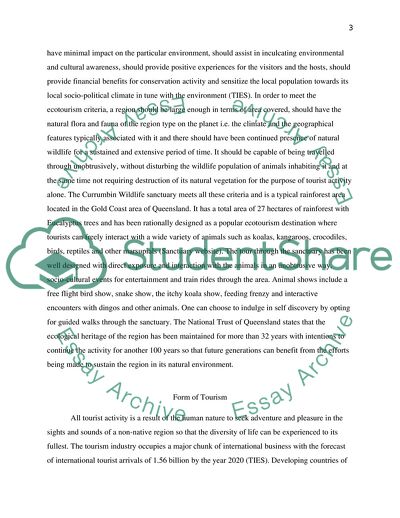Cite this document
(Part B: Ecotourism Product Analysis Case Study Example | Topics and Well Written Essays - 1250 words, n.d.)
Part B: Ecotourism Product Analysis Case Study Example | Topics and Well Written Essays - 1250 words. https://studentshare.org/tourism/1743203-part-b-ecotourism-product-analysis
Part B: Ecotourism Product Analysis Case Study Example | Topics and Well Written Essays - 1250 words. https://studentshare.org/tourism/1743203-part-b-ecotourism-product-analysis
(Part B: Ecotourism Product Analysis Case Study Example | Topics and Well Written Essays - 1250 Words)
Part B: Ecotourism Product Analysis Case Study Example | Topics and Well Written Essays - 1250 Words. https://studentshare.org/tourism/1743203-part-b-ecotourism-product-analysis.
Part B: Ecotourism Product Analysis Case Study Example | Topics and Well Written Essays - 1250 Words. https://studentshare.org/tourism/1743203-part-b-ecotourism-product-analysis.
“Part B: Ecotourism Product Analysis Case Study Example | Topics and Well Written Essays - 1250 Words”. https://studentshare.org/tourism/1743203-part-b-ecotourism-product-analysis.


